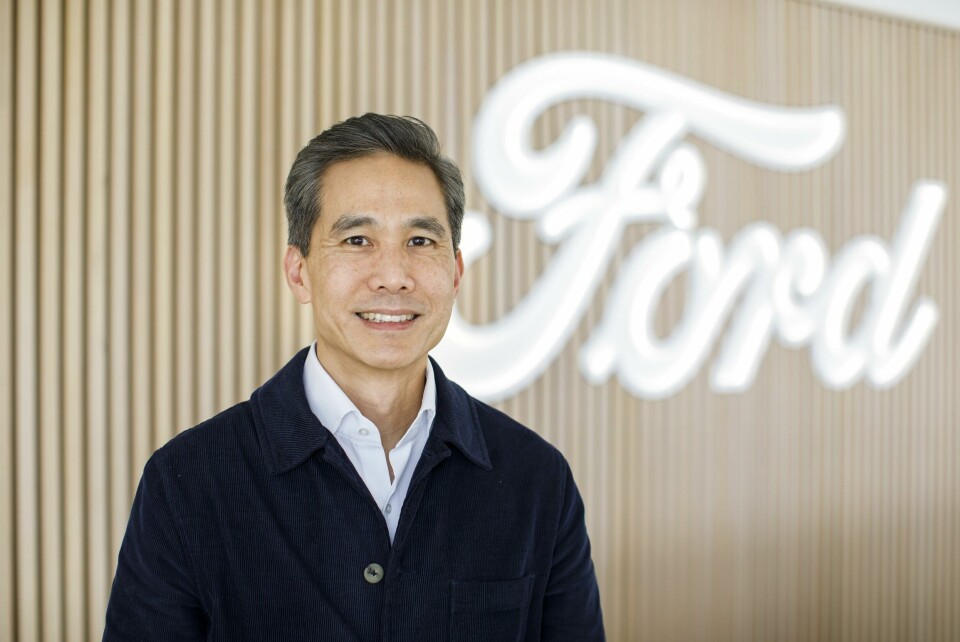
Interview: Anthony Lo, chief design officer, Ford
Anthony Lo joined Ford over two years ago as chief design officer. Car Design News caught up with quiet man of design to talk about holistic design, brand experience and why the company hired him in the first place
Anthony Lo has been design boss at Ford for two years now. A tactical hire for the American OEM, the hugely respected Lo is quietly making his influence felt throughout all aspects of design. Car Design News caught up with Lo in Detroit to find out what he’s been up to.
Car Design News: You’ve sent the last couple of years with Ford, Anthony. What is your assessment so far?
Anthony Lo: It’s been quite an experience, culturally, learning all about the strength of our company and all the new products that were already ongoing. It is always quite difficult when you join a company with many programmes already running, and then being asked, “what do you think about this?” And then me thinking “do I want to say what I really think or should I just say okay?”
There comes a point in the process when you can’t change anything. But I think it took a while to realise that if I don’t say something now, will I be able to stand in front of it and be proud in two or three years’ time.
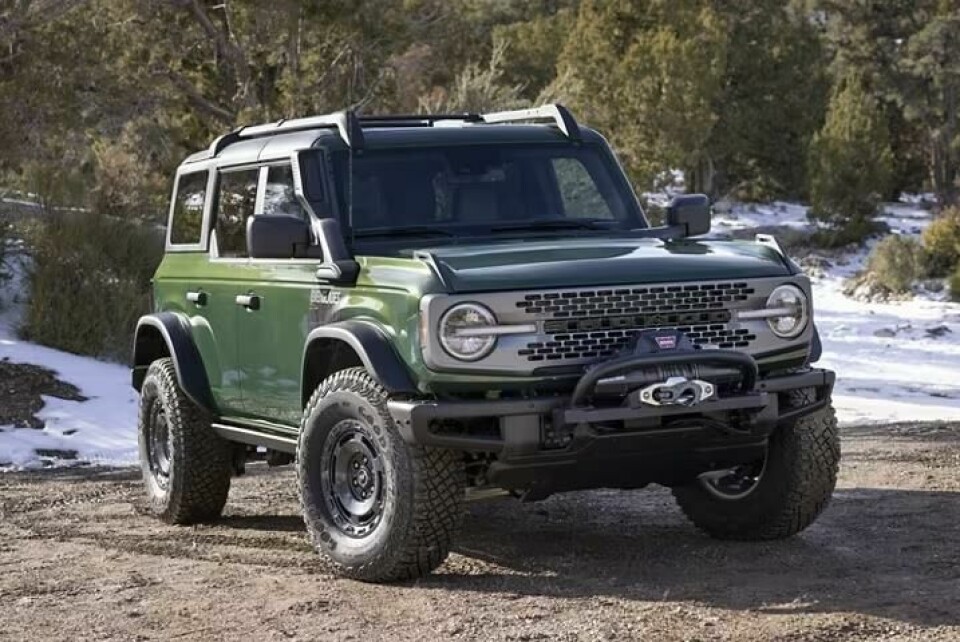
CDN: What did Ford see in you that they thought was going to be the key?
AL: To be honest, at first I wasn’t too sure. There was a point in time when the Bronco was just about to come out and we had a very strong F-Series lineup. There was a Mustang on the way too, so there was a lot of confidence in the brand.
But, while you are feeling good about what you are about to launch, you always want to think about what’s next, and this is where design comes in. Can we do another new generation Mustang? And what should that look like? Is that something evolutionary, or revolutionary? And look at everything that we are doing well. But we have to always try to reinvent ourselves and the next generation.
I’ve been asked very often what do you think about first? To me it is the development process. Are we efficient? Does it allow enough freedom for designers to be creative? Then the second one is, our vision going forward. Is it going to work?
And based on my experience and my point of view of markets around the world, that was where I came in. I can offer a different view on things that are not maybe too much centralised in Detroit sometimes. That’s my niche, so to say.
Holistic design is absolutely crucial
CDN: Yes. So, two years on, let’s talk about now and going forward
AL: I’m happy to say that we are totally on track with the new products. I think you’ve heard a lot about electrification. The constraints are different, but also the new architecture, the new operating systems, the new interface designing, the new UX/UI that are now going to offer us new opportunities to create products that are not just differentiated – you know, stories that only Ford can tell. But also products that are really, we believe, going to meet the expectations of customers.
CDN: Was there a particular car that was ticking a lot of boxes for you?
AL: We have Raptor versions of the Bronco, Ranger and F-150. When I first joined, everybody asked me about my favourite car in the portfolio and I said the F-150 Raptor because it’s a car that showcases our brand really well. It shows a lot of confidence. We have F O R D written very prominently on the grille. You can’t miss it. Not just because it’s the grille, but it’s also the stance of the vehicle.
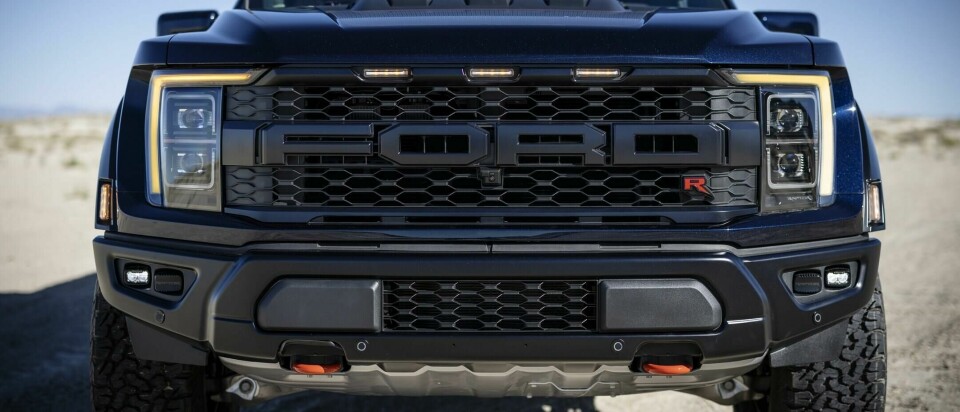
CDN: Does Ford need to design more holistically?
AL: I don’t want to do other people’s jobs, but at the same time I want to make sure that everything is consistent. I think the first point of contact – it could be media, website, our FordPass app, I think this should be totally consistent, and I think the whole end-to-end journey of how the customer is interacting with our brand needs to be elevated.
The first thing I did was to understand who is responsible for what in the company. Then I just want to make sure that the part that we have control of, we build a strategy around it. And the design story on approach, enter, what happens inside, and so on.
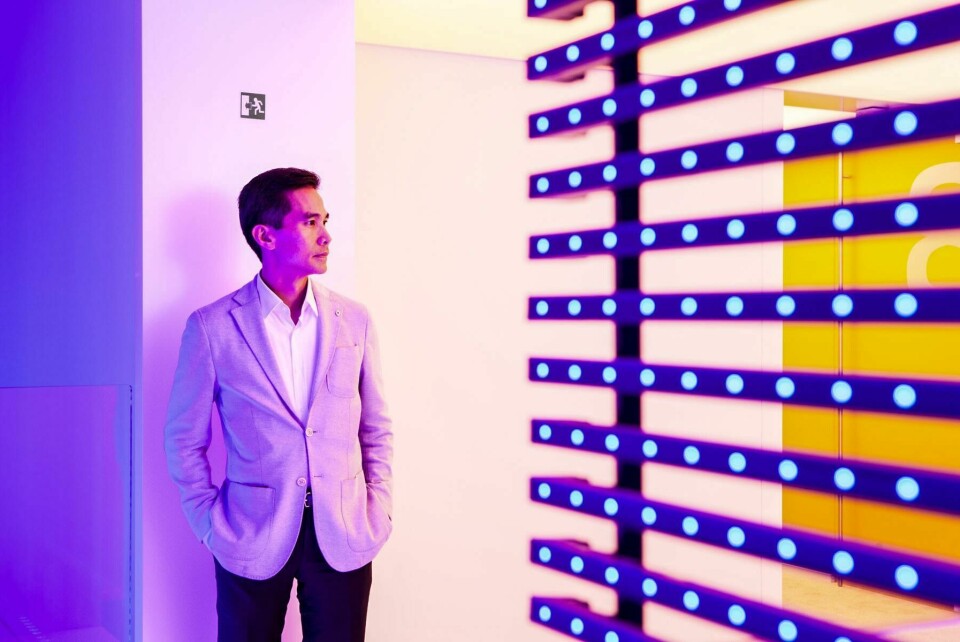
But the part that I mentioned about the digital space, the website, the dealer experience, how you pick up a car – during the ownership journey, what happens during that phase. That’s something, I found out who is doing it, so I gathered all these people and we created – we have a forum called the Creative Coalition.
The Creative Coalition covers everything with the dealers – the Future of Retail, we call it – and we are part of that team. Because I think that team has to know exactly what we’re doing in terms of how the brand is presented on the vehicle. It has to be consistent with what they are doing in the dealership. And the whole experience. Holistic design is absolutely crucial.
Imagine the Mustang equivalent of a Porsche Experience Centre
CDN: This Creative Coalition – was it something that you pulled together when you arrived or after being at Ford for a little bit?
AL: Maybe after a year or so. Because I realised that some things are kind of flying by me, I’m not sure why it was like that, so I talked to the right people afterwards and we created this team. And it’s working well because it’s a great forum to share. We are sharing new products, the others are sharing their retail space and other experiences that, okay, now there are opportunities, we need to collaborate here or there. We have Jennifer Kolstad, plus Jae Park – he joined Ford about a year ago and is in charge of all the digital interfaces.
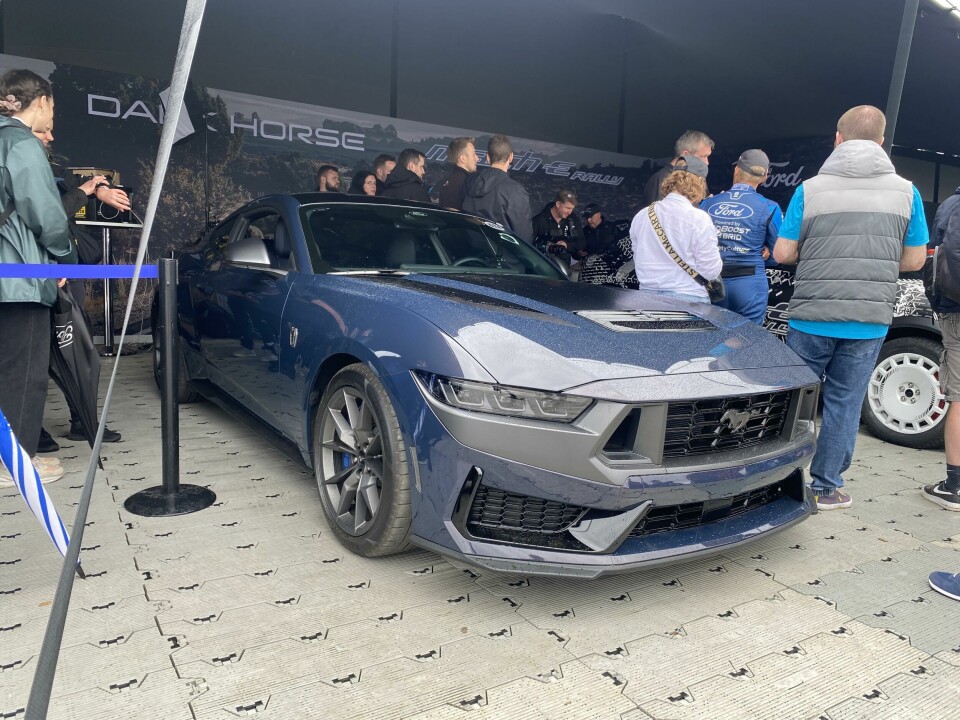
CDN: What are you learning by bringing the design leadership together?
AL: There’s one thing that basically has changed in the car industry is, not so long ago, I would say, even five years ago, the point of contact or the engagement cycle almost ended the moment you picked up the key. And then maybe you get a call three years later, do you want to change this or that, did you know we have a new model.
Look at how some other brands engage their customers. That, I think, Mustang can do maybe a lot better. Imagine the Mustang equivalent of a Porsche Experience Centre; located very strategically around the world, offering a driver training programme, a space where people really want to hang out in.
CDN: The idea of a brand experience is something to build on.
AL: Yes, I think we definitely have to take care of elements or part of the brand or the experience that you need to maintain. I think truck – I’m learning a lot about trucks… In fact, I’m going to be on the test-track next week to tow a 4,000-pound trailer – how to drive it properly, how you connect to the trailer and all of that. This is something totally new and it’s great.
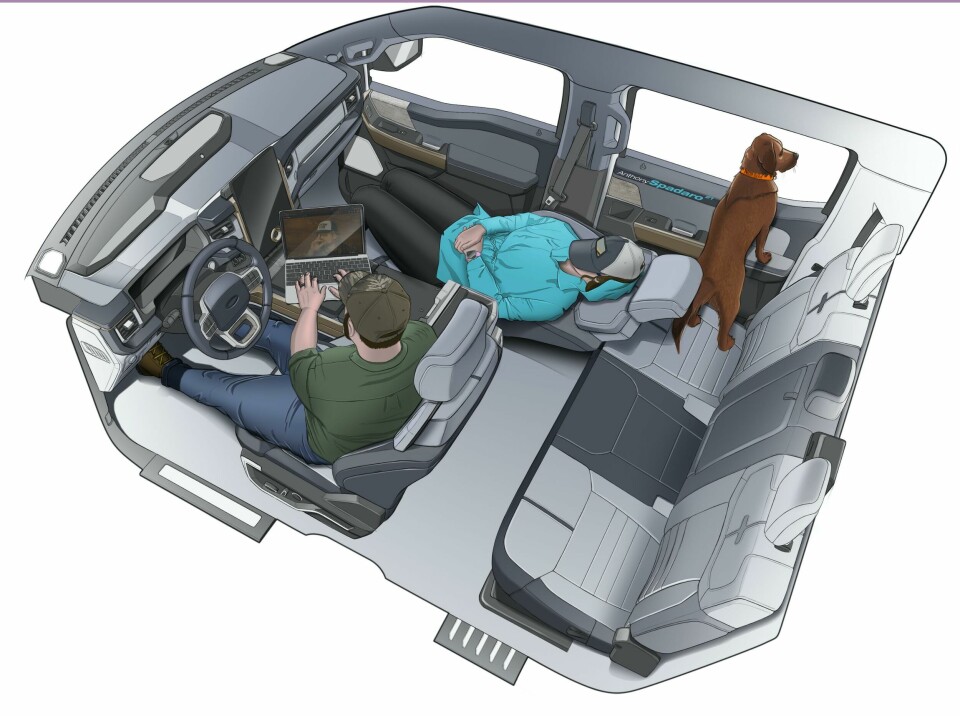
CDN: You are like a method actor, Anthony.
AL: Yeah, I need to do that! Because I can’t have a point of view in a meeting if people are making, you know, if we propose to make a change and if someone says, yeah, but have you done that. Have you actually driven it? That way, I will say I have done it and this is what I think.
I think this is really important. I think the experience that we offer our customers in trucks on the F-150 is just incredible, and we can just keep working on it. That part we won’t forget. I think you may have heard about something called Pro Power Onboard.
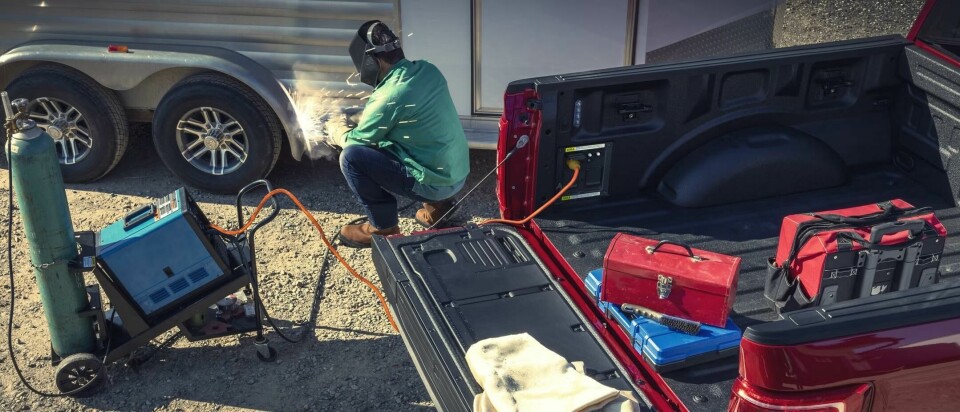
Pro Power Onboard is a built-in power generator on the ICE truck. So basically, you don’t need to do anything, you can access this in the back, on the side of the bed. You can plug in any power tool, lights or anything. You can power your house for three days.
That is a great invention, but those experiences you can develop going forward. And on the interior, we have this area called the Smart Office where the armrests will fall forward and turn it into a table. Those things, I think, people really love.



